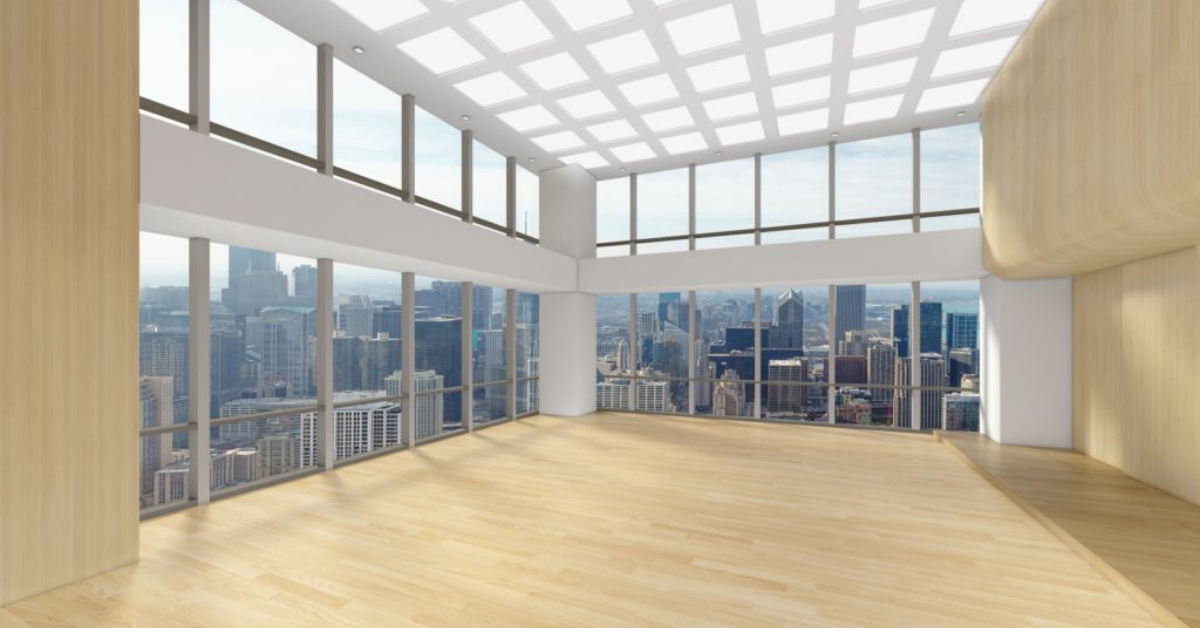However, there are also mechanical solutions to be considered for the safety of residents. Whether it’s the use of water in taking a shower/bath, grinding up waste from water-use appliances (i.e. kitchen sinks), or draining unwanted water from heavy rain storms. Even though mechanical solutions play more of a behind-the-scenes role in daily operations, it
The importance of infection and prevention control practices have become more important than ever. We have seen COVID-19 has really put these practices to the test in our long term care facilities. As outbreaks continue to be an issue in endangering the lives of residents as well as health care workers and staff members, it
Cleanliness, durability, and maintenance come to mind when designing spaces in high traffic areas. With COVID-19 considerations in mind, it is more essential to develop innovative and thoughtful solutions in order to accommodate with varying fluctuations in traffic among large gatherings of people. In high traffic spaces, we often do not realize the
Welcome to another ATS University Webinar series! ATS University is proud to offer our Healthcare Design Webinar, in partnership with Watts and Franke. ATS University is our resource library that is chock-full of learning resources for our community so that we can keep everyone connected and learning about the latest updates from the market’s top
Canada Barrier-Free Code Guide 2020: be code compliant from coast-to-coast Over the years, Canada has been assessing its current regulations to make daily living more accessible for all, including those who are wheelchair-bound or have reduced mobility. In 2016 suggestions were made to harmonize the building code between Ontario and the rest of Canada. These
Eastern Canada barrier-free accessibility design guide for Nova Scotia, Prince Edward Island, New Brunswick, and Newfoundland and Labrador. ATS has compiled a nation-wide guide with the latest barrier-free codes from across the nation. This section is the accessibility design guide for the Maritime Provinces: Nova Scotia New Brunswick Newfoundland and Labrador Prince Edward
Quebec Barrier-Free Code In 2006, Quebec numbered more than 750,000 disabled persons, that is, 10% of the total population. Having such a high proportion of people who might benefit from barrier-free design, it is important to stay up to date. This is why ATS has compiled a nationwide guide to barrier-free code compliance. This
Let’s work together to create safe spaces where we can limit the spread of germs, starting from the basic fit-out plan. With Covid-19, how we approach high-touch areas of any workplace will be impacted. When improving a tenant fit-out, the emphasis needs to be on reducing the number of touch-points and leveraging as many hands-free and
The British Columbia Building Code is your guide to the barrier-free code in the province. Accessibility is an important objective of the British Columbia Building Code, as it ensures buildings are designed and constructed so people with disabilities can: reasonably access and move around within the building use the building facilities That the design
Barrier-Free Access Design Standards are constantly updated and vary across Canada. To help, ATS has compiled a barrier-free guide for all of Canada which lists all the recent code updates for all regions of the nation. Here’s your Barrier-Free Code Guide for the prairie provinces – Manitoba, Saskatchewan, and Alberta. Barrier-Free Access Design Standards










